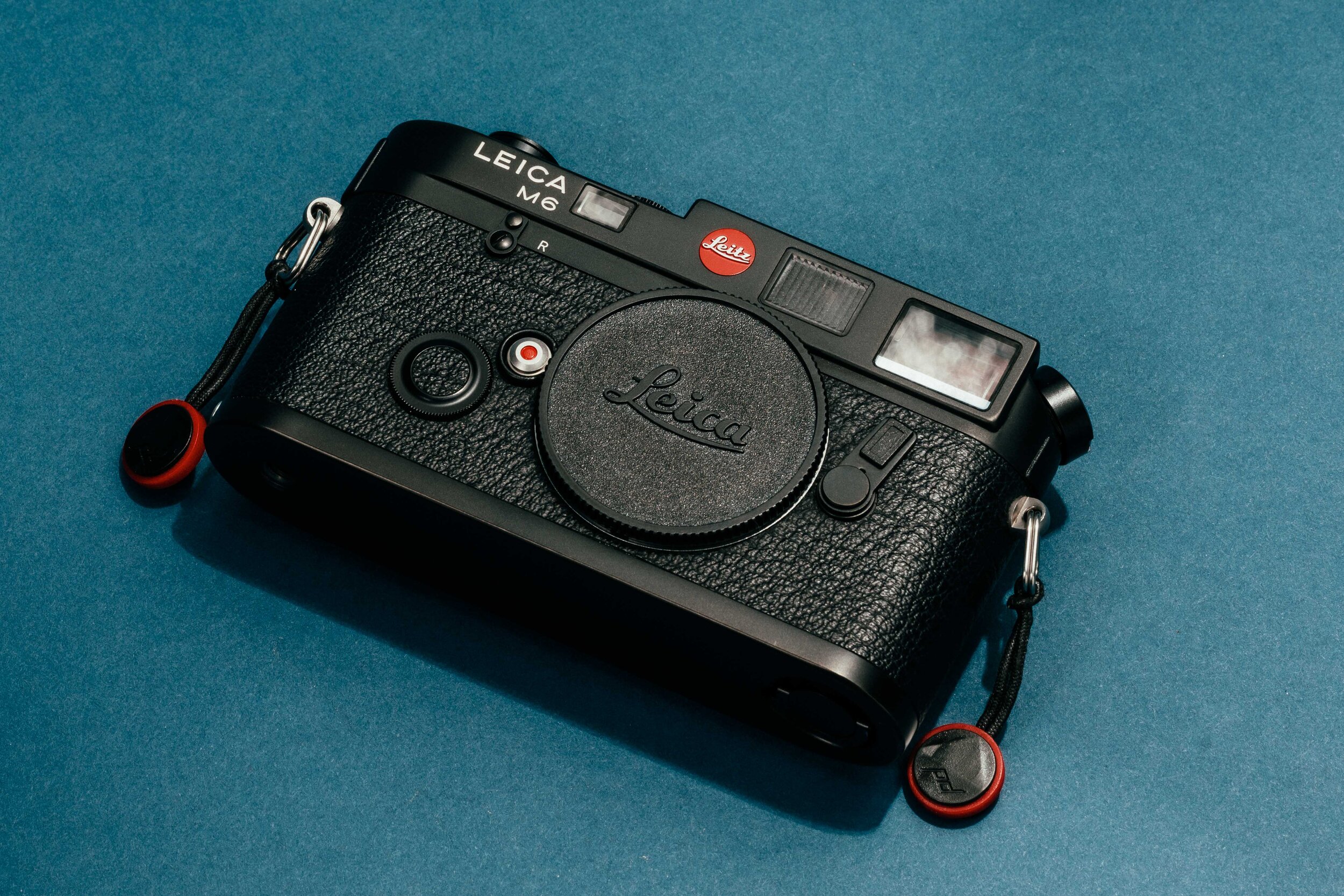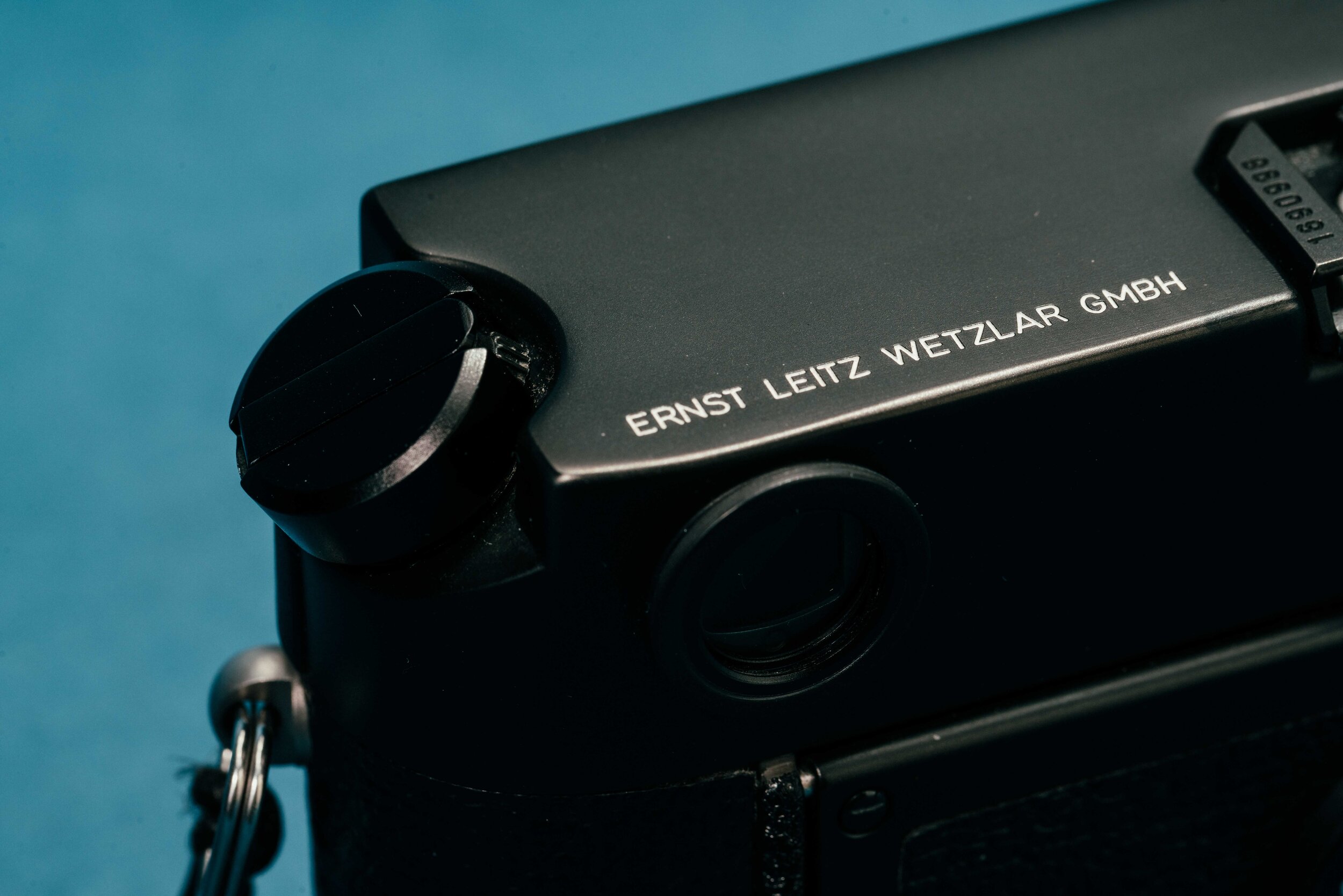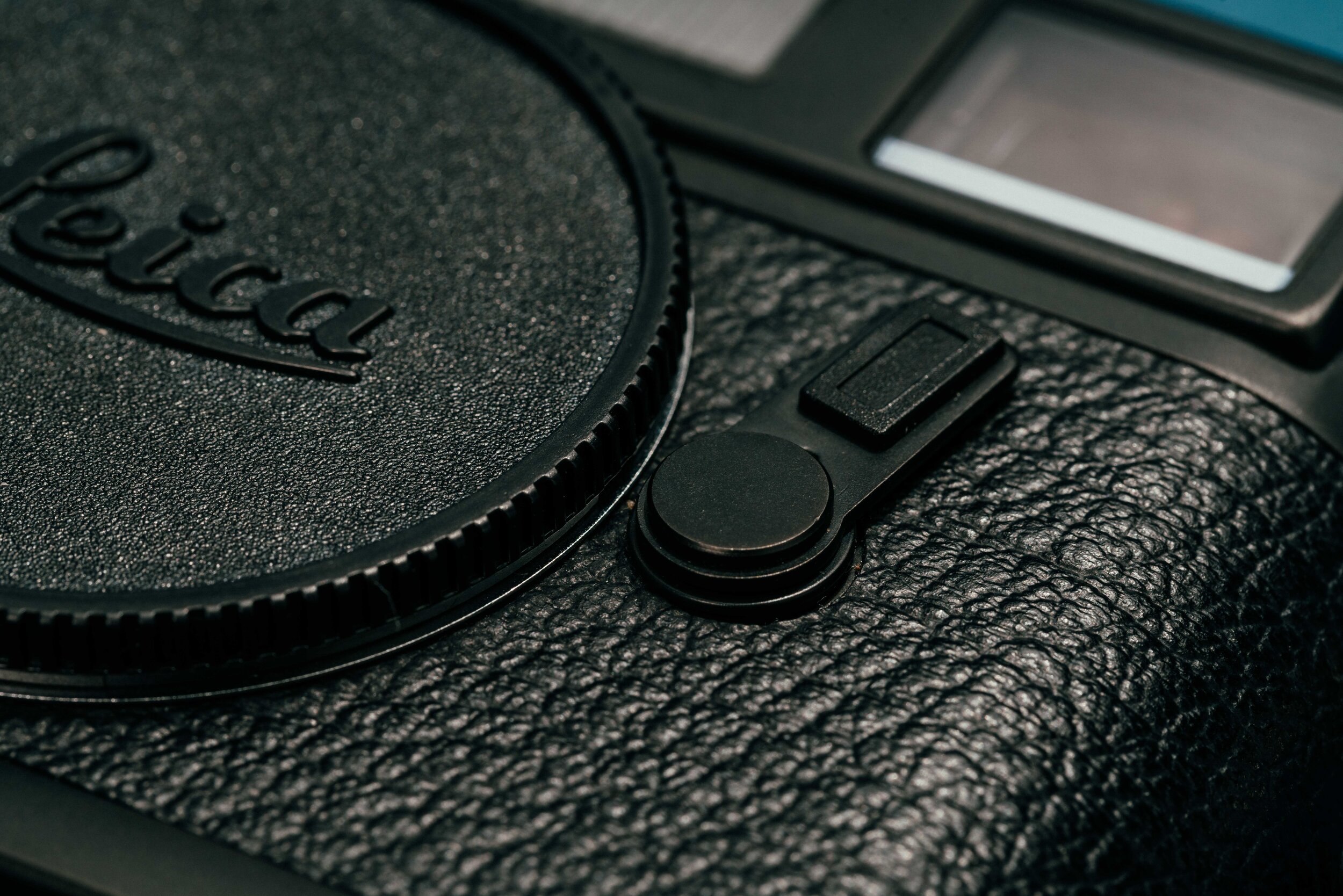You want the best analog camera ever?
This is not it. But it is very dang close.
“Yeah, take the camera off your online store! I’ll drop by right now and pick it up!” - that was the sentence that started off a mindset change and my latest GAS (gear acquisition syndrome) attack.
TL;DR - It’s good. Get it if you can.
Disclaimer: Non of the equipment reviewed was provided. I purchased everything on my own. Though send something my way, Leica, if you feel like it. Preferably a 35mm Summicron ASPH. I would be the last dude to complain. Pinky promise.
First: a few lines of backstory.
TL;DR - I like cameras and I wanted a nicer analog one after shooting on a lot of different ones.
I’ve been a photographer in some way for quite a while (2004 I began this affair with a shitty Canon AE-1) and a full-time-full-blown-gung-ho-photographer since 2018, mainly digital but also analog.
Not only do I enjoy the craft and process involved in taking photos, but also the mechanical side of things - the aesthetics of each camera, be it digital or analog, and all the clicks, rattles and snaps they do.
I was never necessarily looking for the best camera ever made - I see my cameras as tools not unlike a hammer: if they work and deliver as I need, I’m happy. Even better if they are sturdy enough to actually drive a nail into a wall.
On my journey to quench that unquenchable thirst I’ve been lucky enough to use a lot of the known cameras (alphabetically): Agfa, Bronica, Contax, Canon, Fuji, Hasselblad, Kodak, Nikon, Pentax, Phase One, Sony…
And now I can add Leica to that list.
How did it come to that? Well, since the COVID19 outbreak turned epidemic, that then turned pandemic, I had to pivot to animation and working with video call recordings and stock footage. And even though I enjoyed what I did, I still needed a creative vent and I found mine in analog photography: I had already rekindled my flame for film with a lovely yet clunky Bronica SQ-B I got for cheap in Amsterdam, and after burning through a few dozen rolls of 35mm on a Canon EF Black Beauty and Contax RTS I got later, I deemed myself ready to play with “the big boys”.
Where to find your Leica
TL;DR - Buy your second hand camera in a brick and mortar store.
You get to check it for flaws, it’s usually fairly priced, might get sellers warranty and you support your local camera store.
Leica cameras (especially the analog ones) are known for their craftsmanship and mechanical excellence and are lusted after by photographers and non-photographers alike.
This has a huge effect on the marketplace: they can command high, sometimes insane, prices (as of 2020). This rings especially true on online marketplaces such as eBay, where you can find beaten, intentionally (wtf) scraped up Leicas for €2000,- upwards, mostly without seller’s warranty or any kind of security.
Ignore these places.
Go for your brick and mortar camera stores. Local businesses and your wallets will thank you as prices here are not as jacked up (yet).
I found mine after a quick search of stores here in Munich and got it second hand, but new, as it was the back up to the back up of a photojournalist - it came in the original packaging, with invoice from 1986 in Deutsche Mark, all reading material and 1 year warranty.
Now onto the actual review.
Build: Is it good?
TL;DR - Yes.
“Oh fuck” will be going through your head when holding the M6 in your hands for the first time.
Your second thought will be asking yourself where to sell your left kidney and a few litres of blood to pay for it, because you will want it at literally any cost.
It may not be out of brass like the legendary M3, M2, etc., but it still has some heft to it. I was surprised about how dense this camera feels in your hands. If I had to compare it size-wise, I’d say it’s about the size of an iPhone X in height and width and three iPhone X (or a film roll container) in depth. Pretty compact dimensions for it being a 35mm interchangeable lens camera.
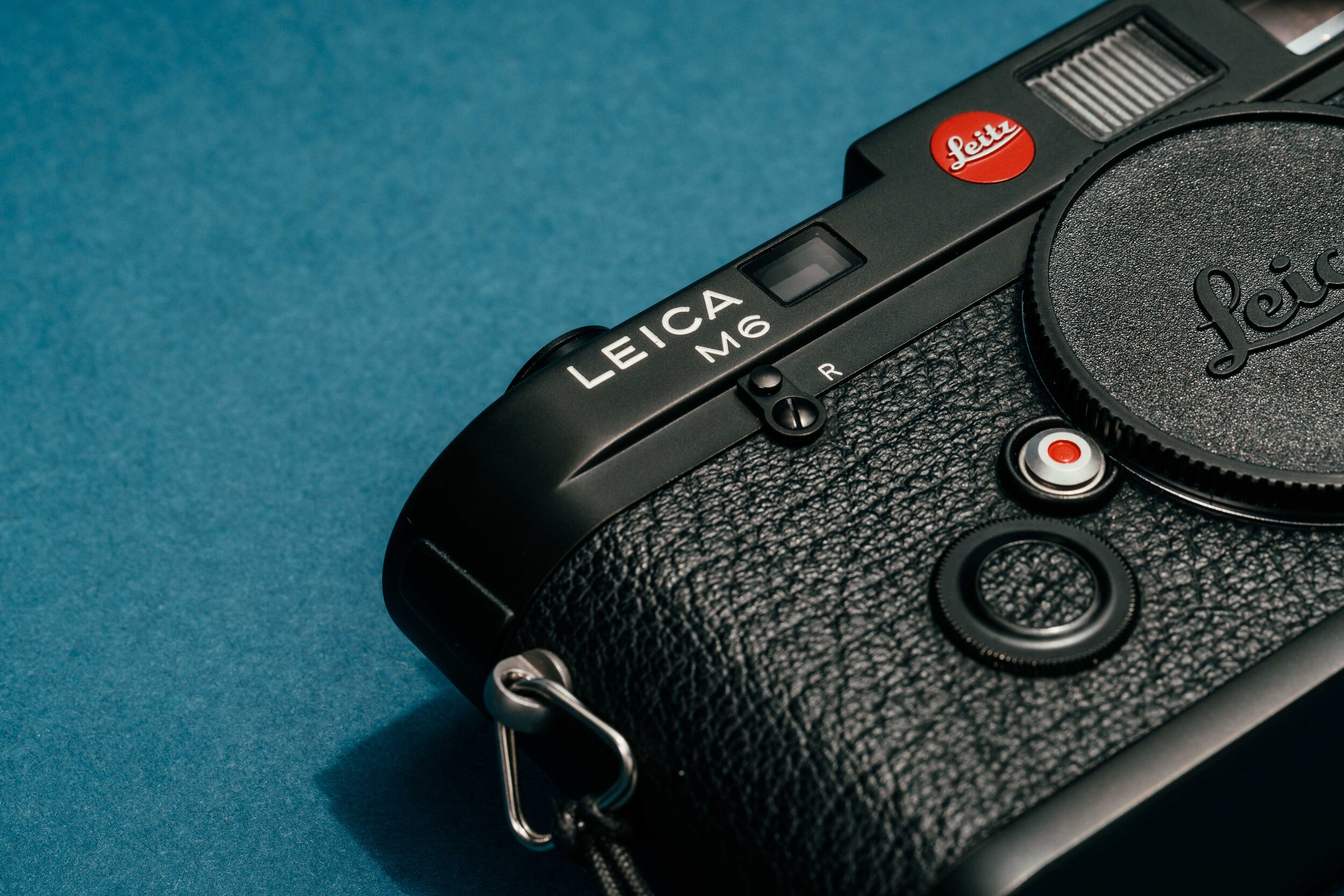
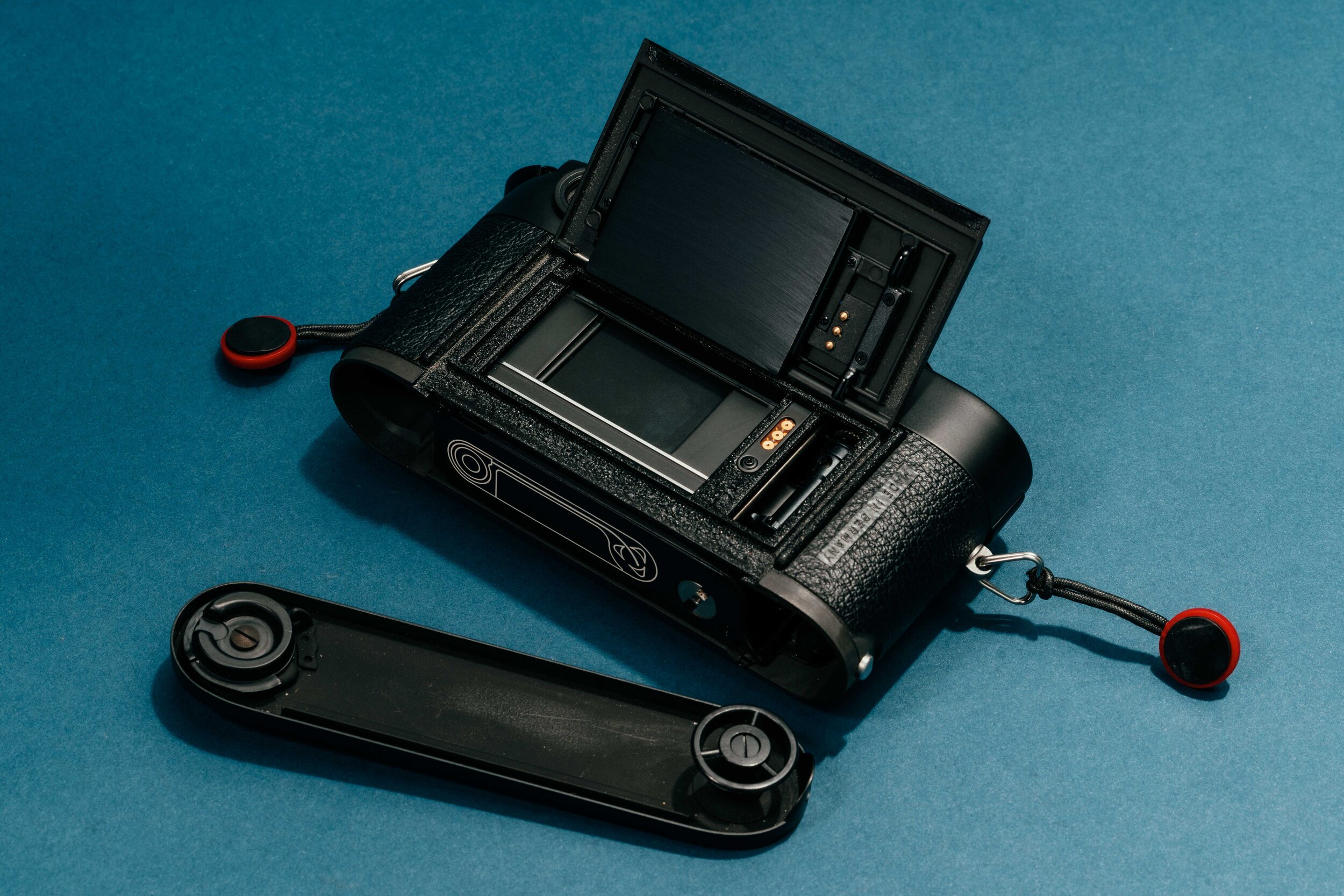
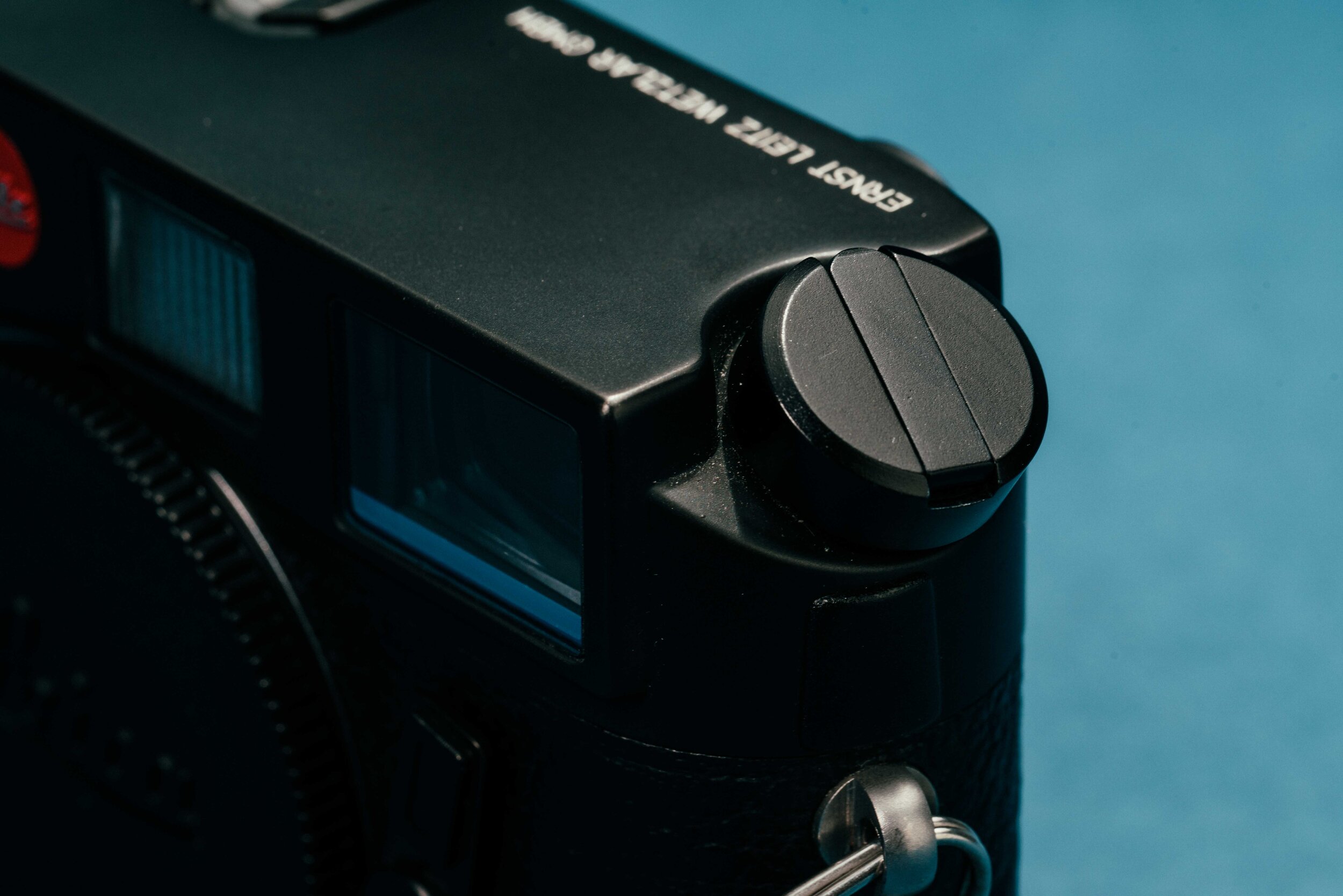
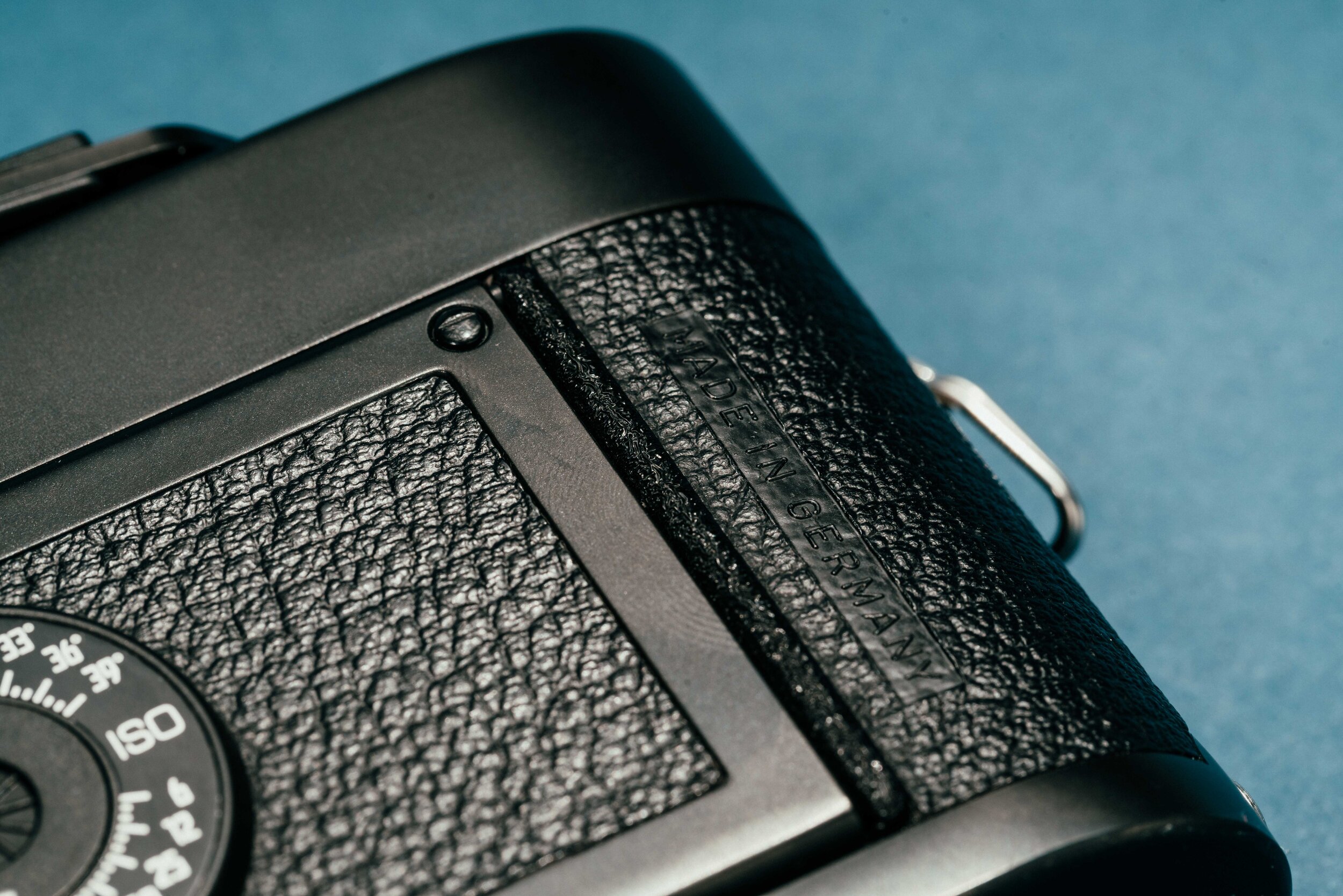
The Leica M6 was the last “mainstream” Leica that was produced to work without batteries, except for the light meter, which will save your ass at some point. Load your film, cock the shutter and shoot away. Battery died? Easy: Guesstimate or Sunny 16 and you’re good to go. Also the batteries are not some obscure, toxic, expensive, long discontinued ones.
You’ll find the PX76/SR44 cell anywhere.
The shutter release sounds very polite, almost apologetic. A shy, yet deep and rich, click. Perfect for street, weddings or life in general.
The cocking and film advance mechanism feels absolutely perfect. I caught myself shooting frames just to get to advance film and cock it. Yes, shame on me for wasting frames.
It’s a joy to use, hold, and just look at it.
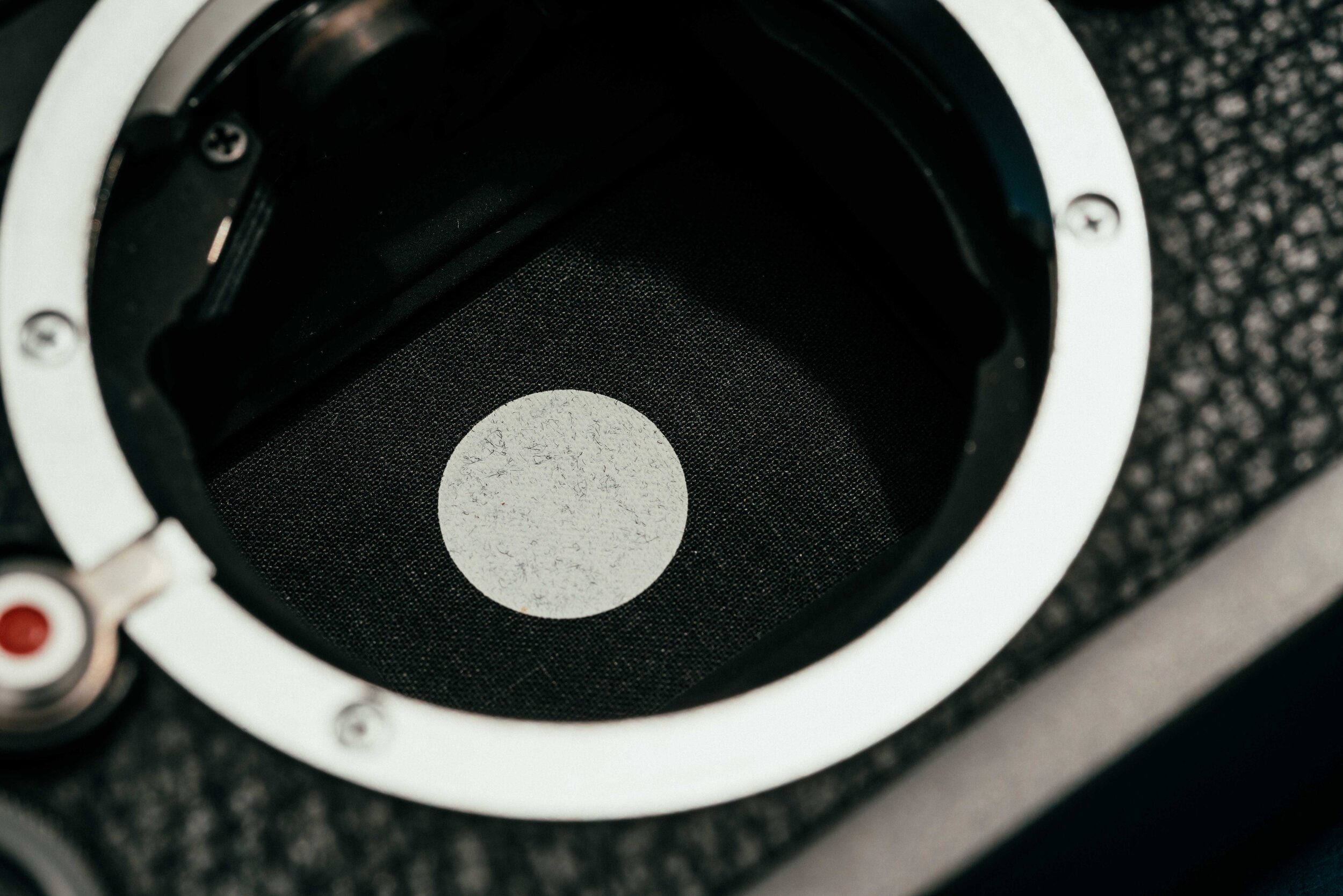
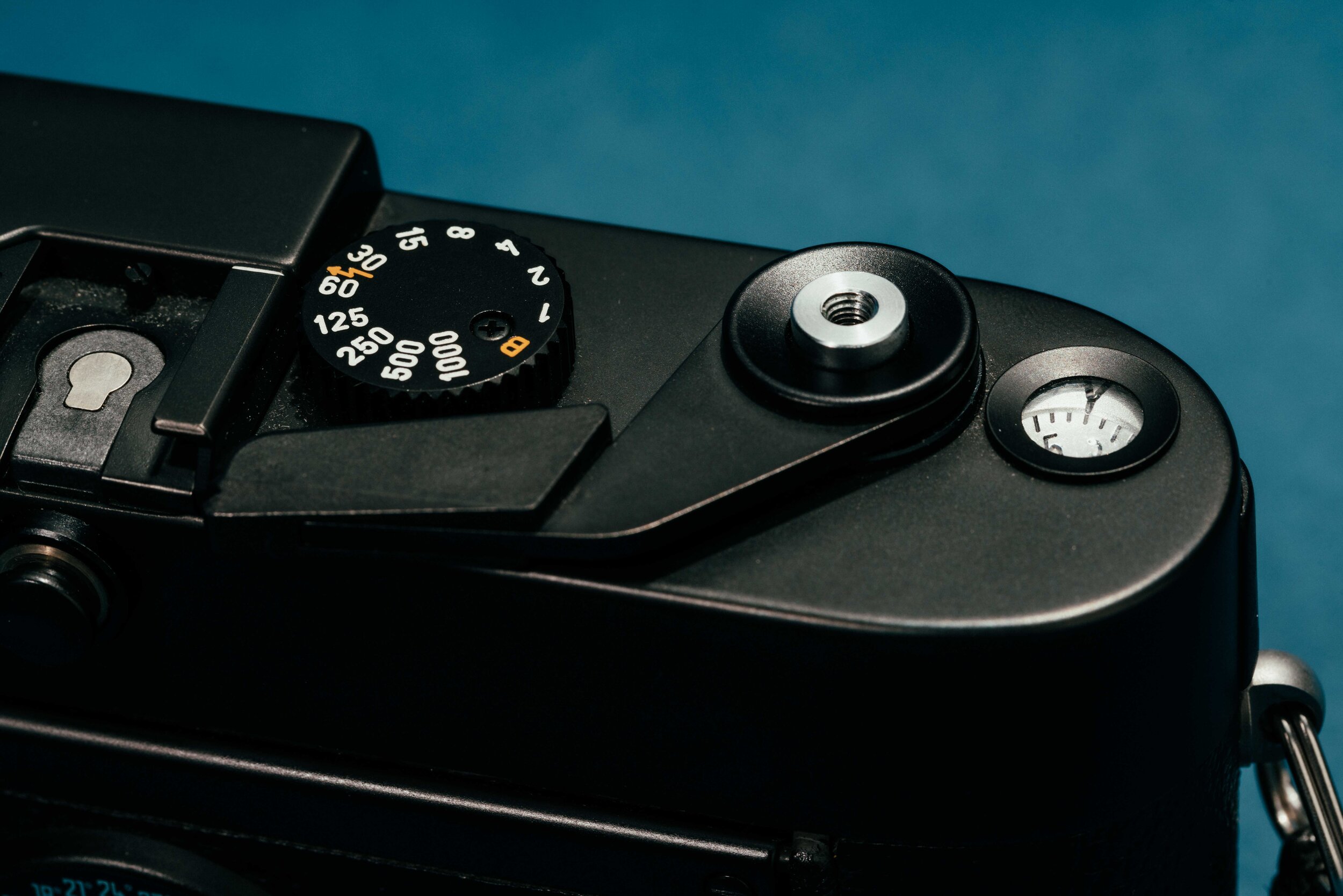
Features & function
TL;DR - A shutter, a shutter release button, a combined view- and rangefinder, a film advance lever, ISO selection wheel and a light meter. That’s all you need and all you’ll get and it’s a lot of fun to use — if the rangefinder style clicks with you.
Before I keep going you must understand, that there are two versions of the M6:
The M6 “Classic”, of which the earliest versions have the Leitz dot and the latest the Leica dot.
I have an M6 Classic with Leitz dot.
The M6 “TTL” which offered “through-the-lens” flash metering for electronic flashes.
I won’t be getting any further into the differences. There are more qualified reviews for that on the web (being honest here) and I am focussing on the M6 “Classic”
As mentioned earlier, the M6 was the last fully mechanical mainstream Leica camera produced. The M7, except for two shutter speeds, is controlled electronically. This means that without a battery the M6 keeps on going, albeit without a light meter.
Shutter
First, the shutter: you can go from 1/1000th all the way to 1 second. Anything slower and you’ll need to set it to Bulb.
It is very, very quiet
Shutter speed dial to control the speeds. Fastest it can do is 1/1000th, but hey. For 98,9% of stuff more than enough (unless you want creamy ƒ1.4 bokeh on a sunny day with Portra 400 and without using ND filters, I guess). I just wish it was a bit larger for better grip and being able to change speeds without having to look at it.
Viewfinder/Rangefinder/Focusing
In SLRs you have a mirror box and a prism that give you almost exactly what your lens sees.
In a Leica M you have hole on the side of the camera with some frame-lines that show you what your lens might see.
That is the very, very simplified gist of it.
But my oh my, looking through a Sony or Canon DSLR viewfinder after a week of using a Leica M… - It feels like looking through a basement window into the world, while the rangefinder feels like a panorama window on a rooftop suite.
S o m u c h s p a c e. So bright. So n i c e.
You’ll get to used to working with the DSLR viewfinder again in a jiffy though.
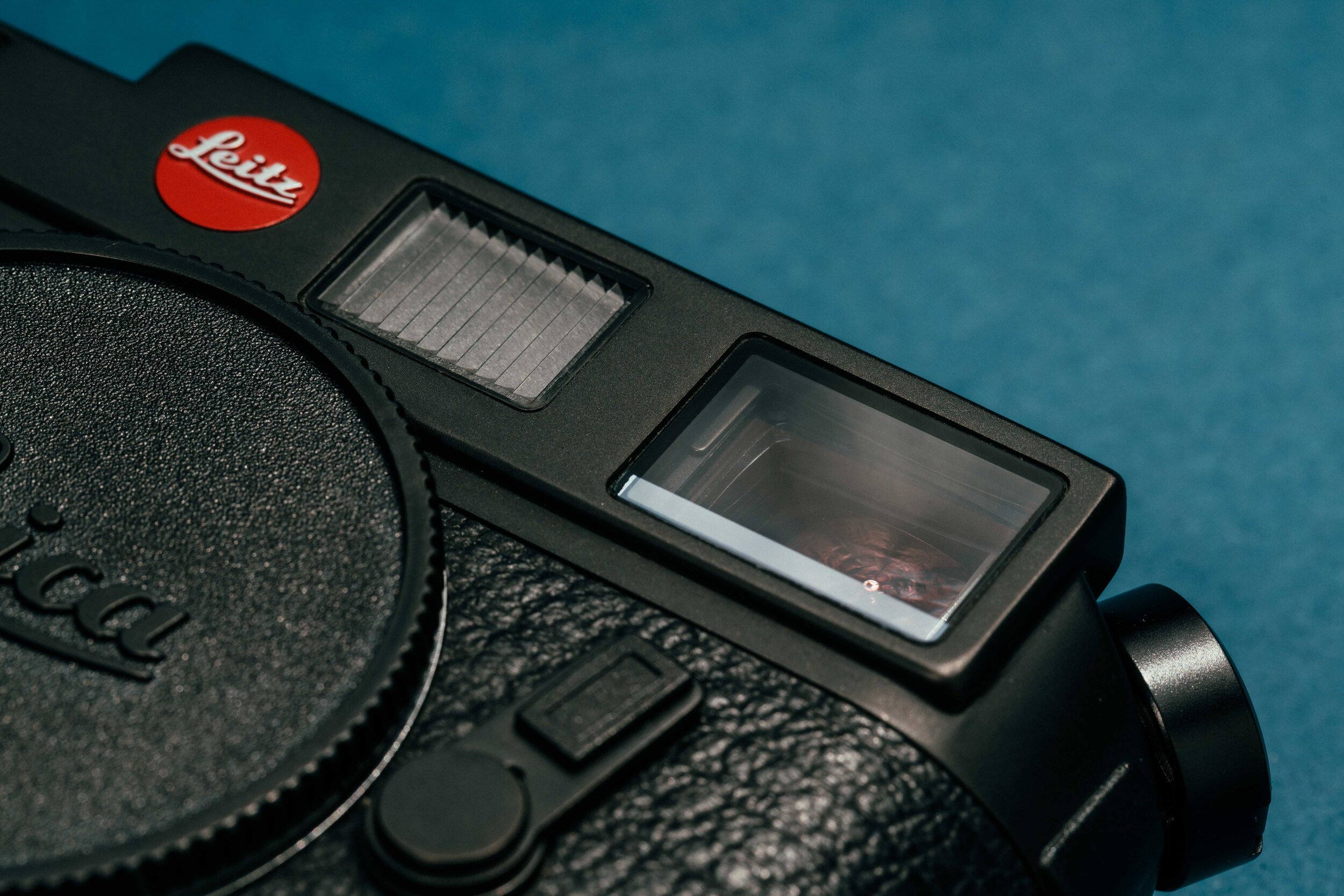
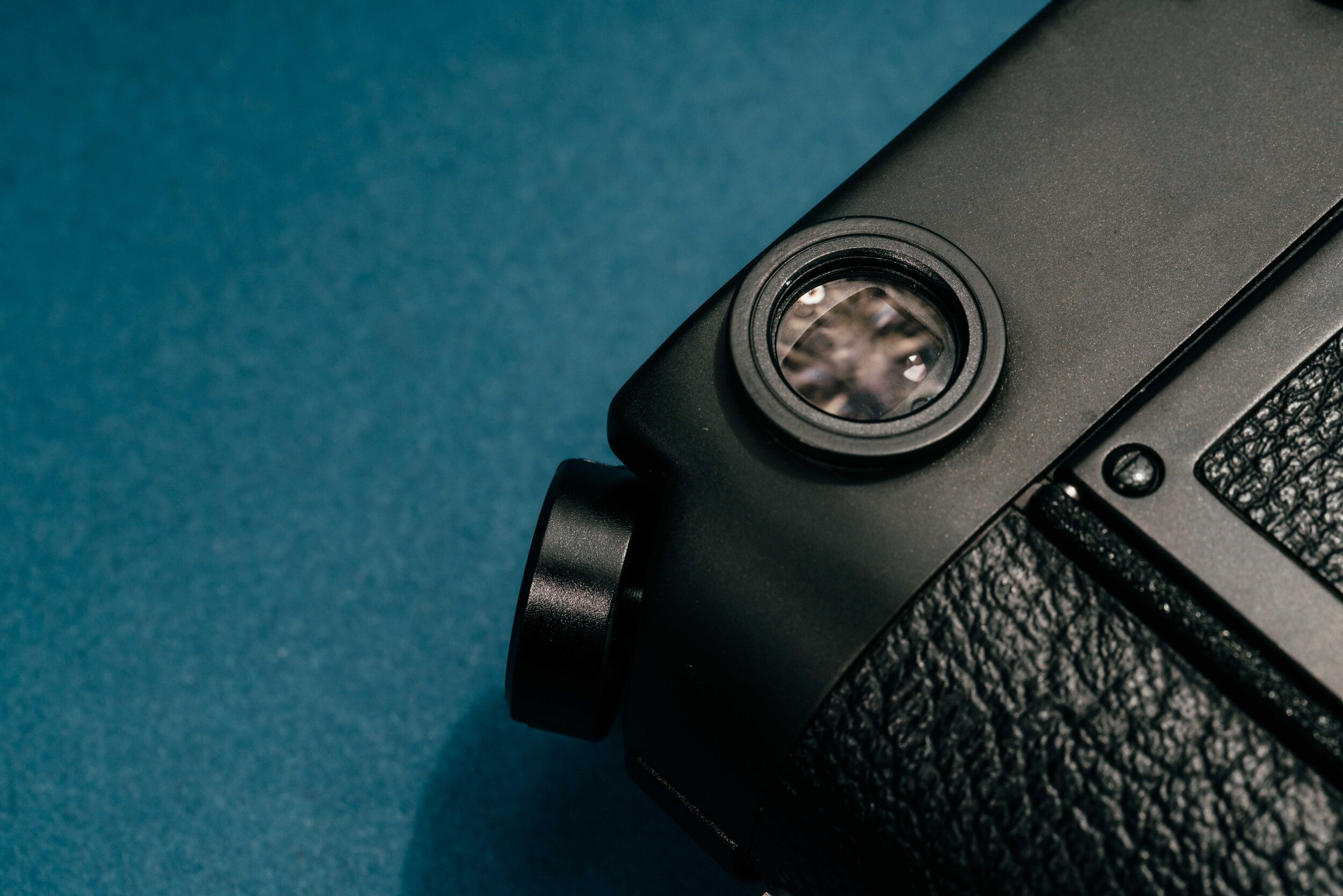
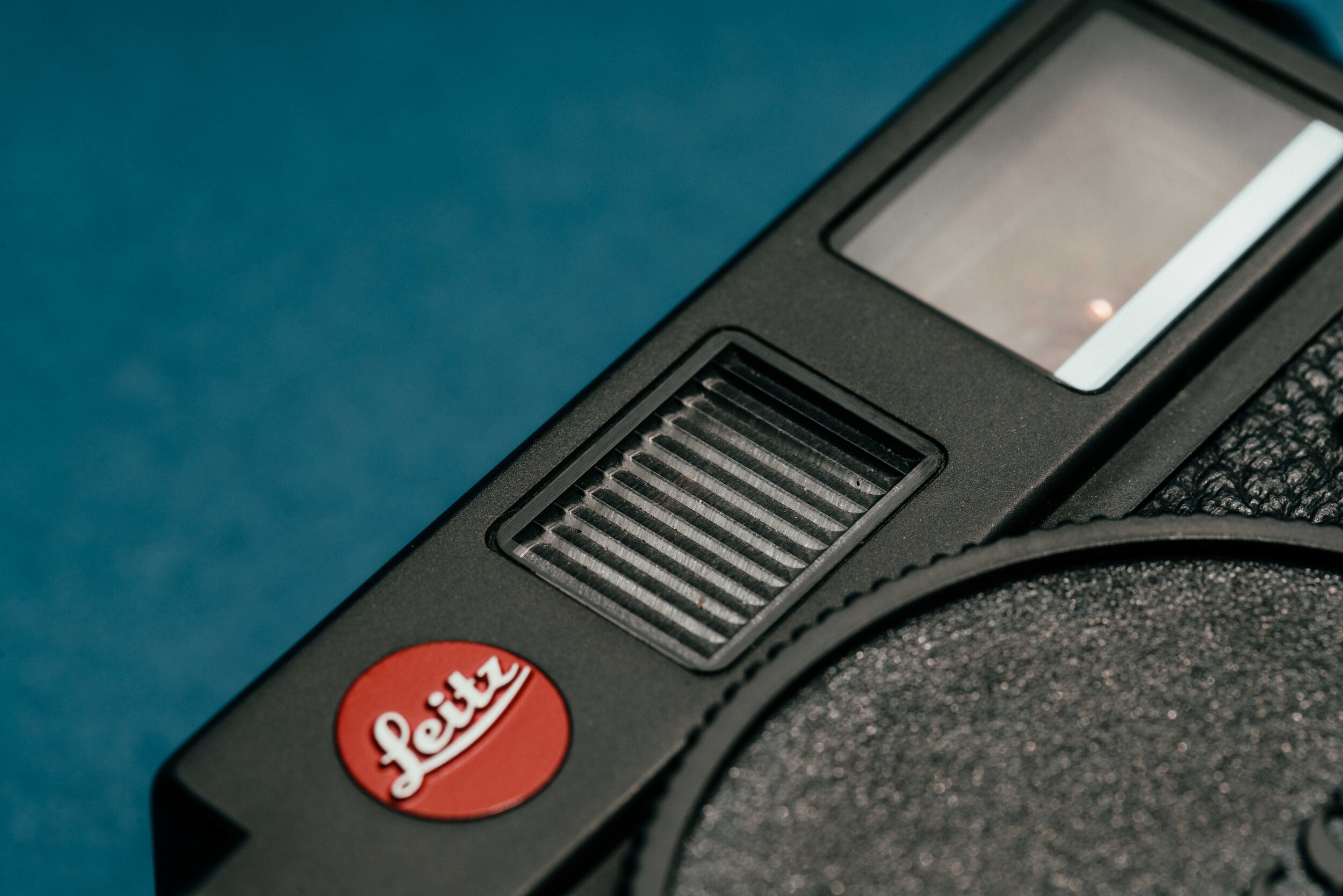
When looking into the rangefinder you will see frame-lines showing you what you'll get depending on the lens.
The Leica M6 was produced with three different rangefinder magnifications and thus different available framelines depending on what you got:
x0,58: 28mm & 90mm, 35mm, 50mm & 75mm
x0,72: 28mm & 90mm, 35mm & 135mm, 50mm & 75mm
x0,85: 35mm & 135mm, 50mm & 75mm, 90mm
Ignore my big fat finger and piece of tape on top right. My Leica has the x0,72 viewfinder, this giving me more frame line options. This is what you see depending on what lens you attached or when using the preview lever.
In the middle of your viewfinder you will notice a bright patch; the rangefinder patch. This shows you a second image that you have to align with the image within your viewfinder to hit focus.
It takes some practice to get right, but as soon as you do, you will enjoy it so much that working with anything else feels “wrong”.
That’s how it works. Easy to understand, hard to master. Note the movement of the frame box (50mm & 75mm in this case) to account for distance parallax. A common issue with rangefinder cameras, as the is viewfinder is off center and precise framing of close subjects can be quite difficult.
Light Meter
In all honesty it’s very archaic by today’s and even the standards for when it was released (1983), if compared to something like a Canon EF Black Beauty (1973) or Contax RTS (1975).
You will fuck up your first few exposures until you fully understand how it works (and doesn’t).
It basically meters a spot 23% to 66% the size of lens’ field of view aka what is within your lens framelines.
At the beginning it may be annoying but in the end, paradoxically, it will intuitive. Just give it some time.Reading the light meter is pretty straight forward. Your light meter is shown as two triangles in the bottom part of the viewfinder.
This is the professional way of reading it:
Glowy triangle left = underexposed
Glowy triangle right = overexposed
Two glowy triangles = “correct” exposure
ISO Selector Wheel
On the back of the camera you will find an ISO selector wheel, that allows you to set the ISO of the loaded film. This allows the Leica M6 to calculate the “correct” exposure.
ISO Selector wheel: Press and twist to adjust. Simple. Easy.
Lenses
TL;DR - There are a lot of them. Cheap ones, expensive ones, fairly priced ones. Small ones, large ones. No autofocus.
The Leica M6 has the M-Mount and therefore access to a lens library that goes back all the way to 1954 with the release of the first Leica M: The M3.
You can also adapt most LTM (Leica Thread Mount) lenses to M-Mount.
There are also a lot of great offerings by Voigtländer and new producers like 7Artisans and TTArtisans.
Let’s see what the future brings.
Lens reviews are an art for itself and I might dive into that at some other point, but not here.
Limitations
When it comes to the rangefinder system, there are a few limitations you should keep in mind of you decide to go for it:
Extra attachments required for any wide angle beyond 28mm (depending on your viewfinder magnification)
Good luck nailing focus on ƒ1.4 or with 90mm and above wide open
You will need extra attachments to focus under 0.7m with most lenses. Some don’t let you get closer than 0.9m
While zone focusing on rangefinder allows you to manually nail focus faster than any autofocus (as of 2020), attempting to nail sharp sports photos with this system can be iffy. May the spirit of Oscar Barnack be on your side if you try to go for that
My final verdict
It’s a great camera, if not amongst the best analog cameras there are.
It’s beautiful and a piece of art in its own right.
The Leica M6 is a joy to look at and use, albeit with some caveats (that darn shutter speed dial).
I recommend this camera to photographers that already have experience, as the high-price-of-entry and the “funny” light meter can be quite frustrating to someone who is just starting off with analog photography. Better learn and practice the basics, and some more, before getting one.
And what’s with the mindset change?
Full transparency: I used to have a sort of disdain for digital Leica cameras. Not hate. That is a strong word.
But disdain described the feeling I used to have just perfectly.
For me digital Leica cameras, not the lenses, were faulty overpriced luxury fashion accessories cameras:
Leica M8: Bringing out an APS-H camera as a flagship in a time when everyone was jumping into full frame and with a shutter that sounded like a toaster when cocking?
Leica M9: Releasing a camera with a sensor that would just start corroding and terrible high ISO performance in a time when Canon and Nikon were pushing boundaries? Shutter sounds like a toaster.
Leica M-E Typ 220: Conflicting info, but either your sensor can corrode or fucking crack.
Lenny Kravitz
Their analog ones on the other hand, I’ve always had a lot of respect for. Even dreaming of owning one someday and in a way also connecting with the greats: Elliot Erwitt, Boogie, Bresson, Meyerowitz (who now uses an M10R. Huh, ironic)…
The M6 though was a gateway drug.
I got hooked on the experience of shooting rangefinders and with their M10 actually being a good camera (that ISO performance, that body, oh baby), I just had to give it a shot… more on that later.
Also for the history of the company: Did you know Ernst Leitz II and his daughter Elsie Kuehn-Leitz helped hundreds of jews escape when the Nazis got into power? Did you know that Leica (Leitz Camera) was ahead of its time when it came to workers benefits such as offering sick leave, paid vacation, penisons, etc. when it was not the norm in Germany?
Oh, and they popularised 35mm film.
Some trivial stuff
I personally don’t like the red dot. I think it’s tacky. But for the love of god please don’t fucking sharpie over it. Simply get a piece of black tape or a sticker dot in black or white you can find in any office supply store. Be civilised.
You adapted an LTM lens or something and it is not showing the right framelines? The M6 has a frameline selection lever under the viewfinder: simply get a piece of paper, fold it and jam it in there. It may not be the most elegant solution, but it is a solution.
When switching lenses, be careful not to do it in full blast of the sun. You will get some sexy light leaks because you don’t have a mirror box between the shutter curtains and the outside world (happens with a lot of Leicas, not all, as far as I know. Mine “suffers” from it). Simply change lenses by pointing your camera down and you’re good.
